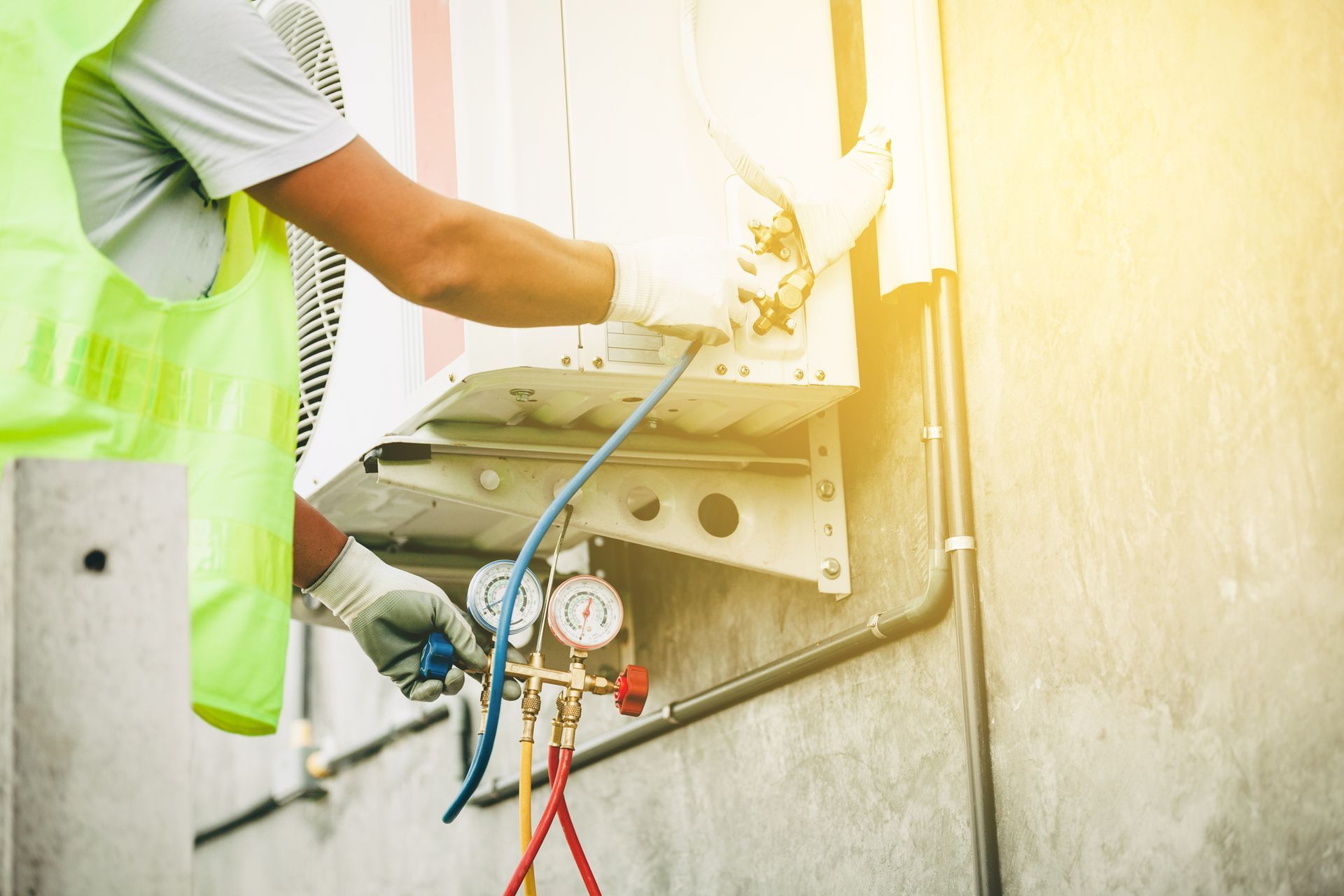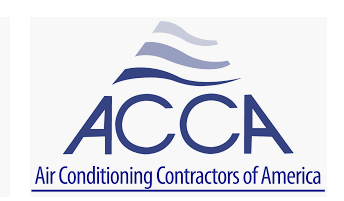Seasonal Pro Tips from AC Contractor in West Palm Beach, FL
When you live where summer heat and sea breezes never take a vacation, your AC needs a year-round plan to stay sharp. This seasonal guide from Summit Air Conditioning, Inc. lays out a simple, Florida-focused routine you can follow without guesswork. As a leading AC contractor in West Palm Beach, FL, we’ve seen how coastal humidity, salt, and storms can strain even newer systems. Whether you’re prepping for peak heat or tuning up after hurricane season, partnering with an air conditioning contractor helps you catch issues before they become emergencies.
Use the month-by-month calendar below to time your filter changes, coil cleaning, drain checks, and more—and to know when to bring in an air conditioning contractor for specialized testing. With smart timing and consistent attention, an AC contractor can help you maintain comfort, trim energy use, and extend equipment life. Start now and let your home run cooler, cleaner, and quieter with the support of an experienced air conditioning technician.
Why Seasonal AC Maintenance Matters in South Florida
AC systems work harder in our climate, which magnifies small problems. A bit of salt-air corrosion today can become a refrigerant leak by summer. A partially blocked condensate drain can overflow during a humid spell. A slipped fan belt can drive up energy use for months before you notice. Scheduling seasonal
air conditioning services helps you spot and fix these issues quickly, keeping your home comfortable and your utility bills predictable.
Month-By-Month Guide From Your AC Contractor
Here’s a practical,
West Palm Beach, FL-ready calendar you can keep on the fridge. Follow the checklist and adjust for your household’s usage, pets, and proximity to the coast.
- January: Reset and Inspect
- Replace or clean filters to start the year fresh.
- Vacuum supply and return grilles; make sure furniture isn’t blocking airflow.
- Verify thermostat accuracy with a separate thermometer and replace batteries.
- February: Tighten Up Your Envelope
- Check weatherstripping on doors and windows to reduce load on the system.
- Inspect attic insulation and look for gaps around attic hatches and duct penetrations.
- Glance at the outdoor unit for rust or corrosion forming on cabinet screws and base.
- March: Pre-Summer Tune-Up
- Clean or gently rinse the outdoor condenser coils with a garden hose from inside out; avoid high pressure.
- Clear away leaves, palm fronds, and mulch from a 2–3 foot radius around the unit.
- Have an AC contractor check refrigerant charge, electrical components, and overall system performance.
- April: Airflow and Algae Prevention
- Swap filters again; in Florida, monthly changes during high-use seasons are best.
- Treat the condensate drain line with an appropriate algaecide or a cup of distilled vinegar.
- Confirm the condensate drain is flowing outdoors and not backing up near the air handler.
- May: UV, Pollen, and Coil Care
- Inspect indoor evaporator coils for dust or biofilm; schedule a professional AC contractor cleaning if buildup is visible.
- If you use UV lights inside the air handler, replace bulbs per the manufacturer's schedule so they remain effective.
- Examine duct connections for air leaks; seal with mastic, not cloth-backed tape.
- June: Summer Performance Check
- Listen for unusual noises at start-up: buzzing, rattling, or short cycling.
- Measure temperature split: about 16–22°F difference between return and supply during steady operation is typical.
- Ask an air conditioning service contractor to verify airflow (CFM), static pressure, and refrigerant superheat/subcool readings.
- July: Outdoor Protection
- Trim hedges and palms; keep branches and fronds well away from the unit for unobstructed airflow.
- Rinse salt residue from the outdoor coil and cabinet if you’re near the Intracoastal or beach.
- Make sure the unit is level; a settled pad can strain refrigerant piping and fan motors.
- August: Drainage and Dehumidification
- Check the condensate safety switch for proper operation to prevent water damage.
- Clean the drain pan; look for rust, slime, or cracks and address promptly.
- If humidity feels high indoors, consider adjusting fan settings or asking for a dehumidification mode evaluation.
- September: Storm Readiness
- Install or confirm surge protection for both the air handler and condenser.
- Strap or secure any nearby loose items that could blow into the outdoor unit.
- Photograph equipment and serial numbers for insurance, and test the system after major storms.
- October: Post-Summer Recovery
- Replace filters; inspect for fine dust that often accumulates after long, hot months.
- Check refrigerant line insulation; UV-hardened or missing insulation wastes energy and can drip.
- Schedule a light inspection to ensure wiring, capacitors, and contactors haven’t been stressed.
- November: Quiet Efficiency Tweaks
- Lubricate accessible fan motors if applicable and tighten panel screws.
- Confirm the thermostat schedule matches your fall routine, with modest setbacks to conserve energy.
- Walk your duct runs in the attic for disconnected or crushed sections.
- December: Year-End System Review
- Do a whole-home airflow check: every room should have a strong, balanced supply.
- Replace filters and note sizes and MERV ratings for next year’s orders.
- Book an annual performance assessment with an AC contractor so you start January with baseline readings.

Florida-Specific AC Care: Salt, Storms, and Sun
Coastal life shapes your maintenance priorities. Salt air accelerates corrosion on fins, fasteners, and electrical connections, so gently rinsing the exterior coil and cabinet multiple times a year is wise, especially east of I-95. Landscaping grows fast; maintain generous clearance around the outdoor unit so shrubs, palm fronds, and mulch don’t choke airflow or introduce debris that blocks the coil. Sun and heat attack the insulation on refrigerant lines; when it cracks or goes missing, energy losses rise and condensation can drip where you don’t want it—replace with UV-resistant insulation designed for outdoor use. Lightning and power flickers also matter here: surge protectors safeguard the delicate electronics in modern variable-speed systems. After big storms, inspect that the condenser is level and undamaged and that drain lines are clear; flooding and windblown debris can shift equipment or clog piping. Finally, consider a washable pre-filter on the return grille if your home sees lots of sand or pet hair—less dust on coils means steadier efficiency and more consistent comfort.
Pro AC Contractor Tips to Keep Efficiency High Between Visits
- Keep a filter log. Mark change dates on the filter frame so you never lose track during busy months.
- Use ceiling fans wisely. Run them counterclockwise in summer to feel cooler without lowering the thermostat.
- Seal the small stuff. Foam gaskets behind outlet plates on exterior walls can reduce drafts and hot spots.
- Watch your bills. A sudden jump in kWh can be an early warning of airflow issues, low refrigerant, or a failing motor.
- Upgrade thoughtfully. If your thermostat is older, a modern smart model can coordinate schedules, humidity control, and alerts for clogged filters or abnormal run times.
Curious about the health and environmental impacts of cooling? Read this in-depth analysis about air conditioning.
Know When to Call a Pro
DIY care covers filters, gentle rinsing, and visual checks—but certain tests need tools, training, and EPA-certified handling. Call a professional AC contractor if your system short cycles, the temperature split is off, the breaker trips, water appears around the air handler, or you see extensive coil corrosion. An air conditioning service contractor can measure superheat and subcool accurately, verify static pressure and airflow, test capacitors and contactors under load, and look for microscopic leaks that erode performance long before comfort suffers. If you’re considering accessories like whole-home dehumidifiers, UV purification, or enhanced filtration, consult an air conditioning service contractor to match solutions to your system’s capacity and your home’s unique conditions without causing unintended restrictions.
Contact Your AC Contractor Today!
Florida homes ask a lot from cooling equipment—give your system the care it deserves and keep your comfort steady through every season. For expert guidance and prompt scheduling, call Summit Air Conditioning, Inc., your trusted AC technician, at (561) 582-3390. Whether you’re mapping out your annual calendar, tackling mid-summer tune-ups, or addressing post-storm concerns, choose an air conditioning contractor who understands salt air, sudden squalls, and high humidity. Save energy, prevent breakdowns, and enjoy quieter, cleaner air with a responsive air conditioning professional dedicated to long-term performance. From verifying refrigerant line insulation to clearing landscaping around your outdoor unit, you’ll have an AC contractor in West Palm Beach, FL, who makes maintenance feel effortless.











